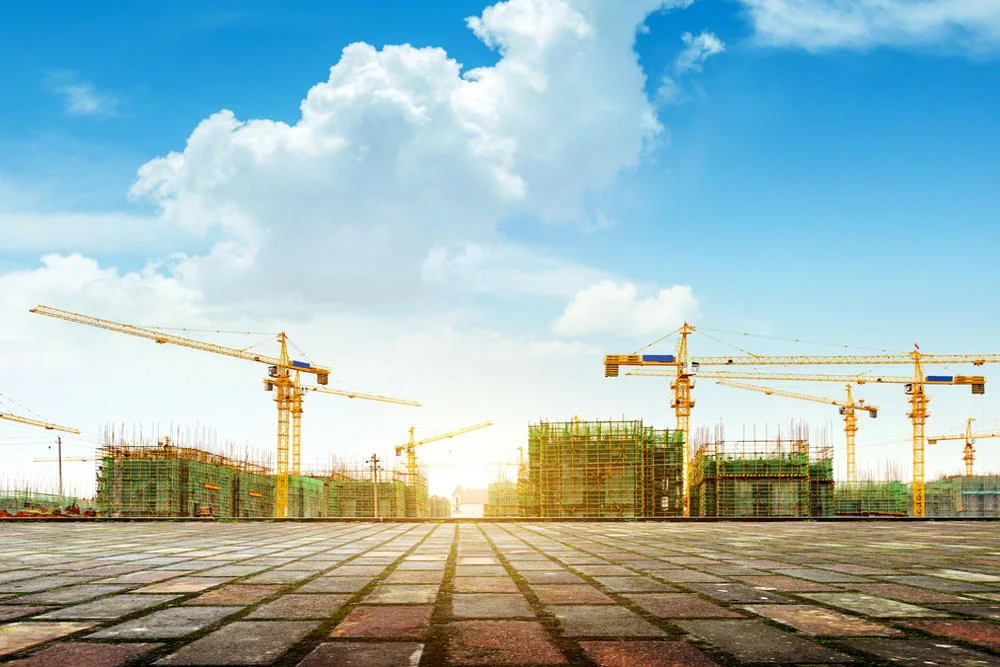
A new partnership between the University of New South Wales and the University of Sydney will producer new cool building materials that reduce urban temperatures and counteract the effects of climate change.
UNSW professor Mattheos Santamouris said the so-called super cool roofs, pavements and coatings for buildings reflect rather than absorb solar energy – they can reduce peak temperatures in our cities by up to four degrees, enough to save lives.
In 2020, 593 and 391 people died from heat-related deaths in Melbourne and Sydney, respectively, a substantial increase from 289 and 176 in 2007, according to the Australia State of Environment.
Professor Santamouris notes overpopulation and rapid urbanisation are transforming our cities into urban heat islands, with human activity – waste heat from industry, cars, and air conditioners – driving up city temperatures making them significantly warmer than surrounding areas.
He said: “The way we build [also] increases the temperature of our cities.
“We’re using [heat-absorbing materials like] asphalt, we’re using concrete.”

Source: https://doi.org/10.1016/j.xcrp.2021.100485.
Santamouris added super cool roofs and pavements by contrast reduce the energy needed for cooling – this in turn decreases carbon dioxide emissions that increase the magnitude of climate change, making our cities more economical, environmentally friendly, and liveable.
He continued: “Under the sun, [with] 42 degrees ambient temperature, the [super cool] materials’ surface temperature was 25.
“It’s a natural air condition without expending any energy – super cool materials.
“And all these new technologies and new materials have been developed in Australia.”
Santamouris and his research team are partnering with the Department of Industry, Science, Energy and Resources on two projects to promote energy efficiency in the built environment.
The team will provide cost-benefit analyses and scientific documentation on the adoption of cool roofs in Australia, and ways to improve energy efficiency in new and existing commercial buildings, such as office buildings, aged-care facilities, hotels, childcare and shopping centres.
Santamouris said that with around 40 per cent of total energy consumption in developed nations attributable to buildings, there is huge potential for impact.
He added: “The reduction of energy use and associated greenhouse gas emissions through energy conservation measures is vital to achieving energy and climate goals in the cities.
“The temperature difference between Eastern and Western Sydney during the summer, for example, is up to 10 degrees [Celsius] – in a distance of 60 kilometres, that’s tremendous.
“This has a tremendous impact on the quality of life of people in Western Sydney.
“They spend almost 100 per cent more energy on cooling, they have much higher mortality rates.”












